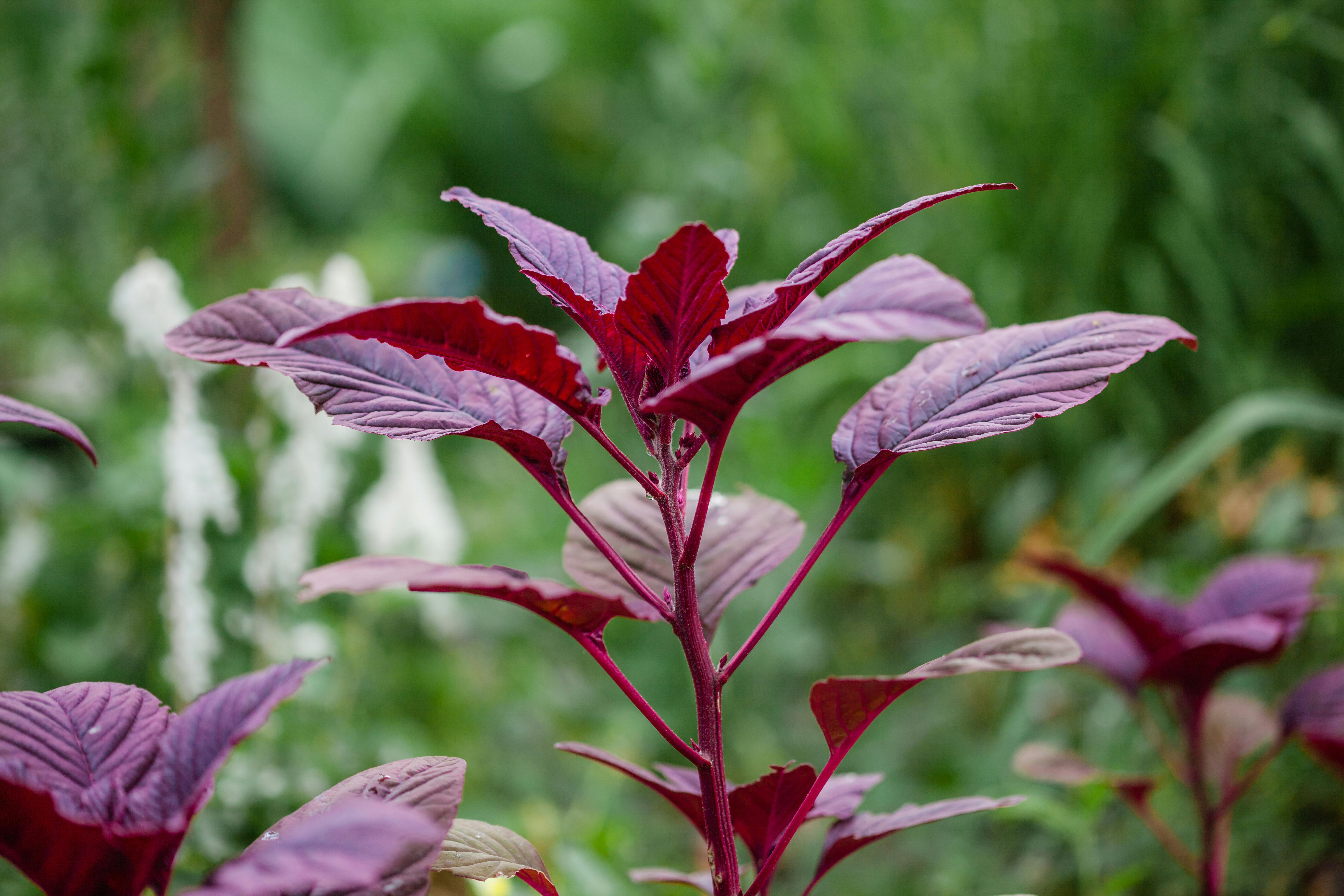
Cuscuta campestris
INTRODUCTION
Imagine walking through your farm and spotting a once-thriving maize field now choked by an aggressive, alien plant. You may think it is just the normal weeds. Or noticing your cows refusing to eat bitter-smelling pasture. It’s always up to a farmer to be observant when on the farm. Uganda is under a silent invasion not by pests or diseases, but by two dangerous weeds: Parthenium hysterophorus and Golden dodder (Cuscuta campestris, C. reflexa). These weeds are not just nuisance plants; they are serious threats to agriculture, livestock, and public health. This guide is crafted for farmers, students, and the general public to help identify, understand, and combat these invaders before it’s too late.
Parthenium hysterophorus: The Bitter Weed
Identification:

Parthenium is an erect, branched annual herb that can grow up to 2 meters tall.
- It starts as a rosette with finely divided, “carrot-like” leaves.
- Produces small, white flowers and thrives in disturbed areas like roadsides, grazing lands, and croplands.
- Widely found in Jinja, Busia, Kampala, Masaka, Mbarara, Kasese, and Pader districts.
Impact on Agriculture and Health:
- Crops: Parthenium releases allelopathic chemicals that inhibit the growth of crops, reducing yield by up to 40%.
- Pasture: It replaces nutritious grass, reducing livestock forage by over 90%.
- Livestock: Animals that graze on it produce bitter milk, discolored meat, and may suffer allergic reactions or death.
- Humans: Causes skin rashes (dermatitis), respiratory issues (asthma, rhinitis), and eye irritation through pollen and contact.
Golden Dodder: The Yellow Strangler
Identification:
- Golden dodder is a leafless, parasitic vine that resembles yellow or orange spaghetti.
- Once it attaches to a host plant, it loses its root and survives by sucking nutrients and water.
- Commonly infests ornamental plants, coffee, and other crops.
- Seen in various regions, including urban gardens and the Makerere University campus.
Impact on Agriculture and Environment:
Host Damage: Dodder can kill host plants by cutting off their nutrient supply.
Ornamental Plants: Threatens aesthetic and shade trees in residential areas.
Control Difficulty: Easily regenerates from broken pieces, making it difficult to remove completely.
Integrated Control Strategies
- Mechanical Control:
- Hand Pulling (Parthenium): Done before flowering and seed setting. Use gloves and masks to avoid allergic reactions.
- Pruning (Dodder): Prune infested branches well below the point of attachment. Dispose of infected material carefully.
- Chemical Control:
- Use recommended herbicides for both weeds. Apply during the early stages and follow instructions carefully.
- Dodder Caveat: Herbicides can harm host plants. Precision is key.
- Cultural and Biological Approaches:
- Parthenium: Plant competitive species to reduce its spread.
- Dodder: A Makerere University study found vinegar effective in killing dodder, an eco-friendly, household alternative.
- Prevention is Best:
- Use clean seed stock to avoid introducing weed seeds.
- Clean farm tools and machinery after use in infested areas.
- Educate communities on identifying and managing infestations early.
Conclusion
Parthenium and Golden dodder are more than just weeds; they are invaders that disrupt livelihoods and ecosystems. Farmers, students, homeowners, and policymakers must work together using integrated management practices. Awareness is the first step. Identification is the next. Action is the ultimate goal.
Let’s reclaim our fields and gardens. Uganda’s agricultural future depends on it.


